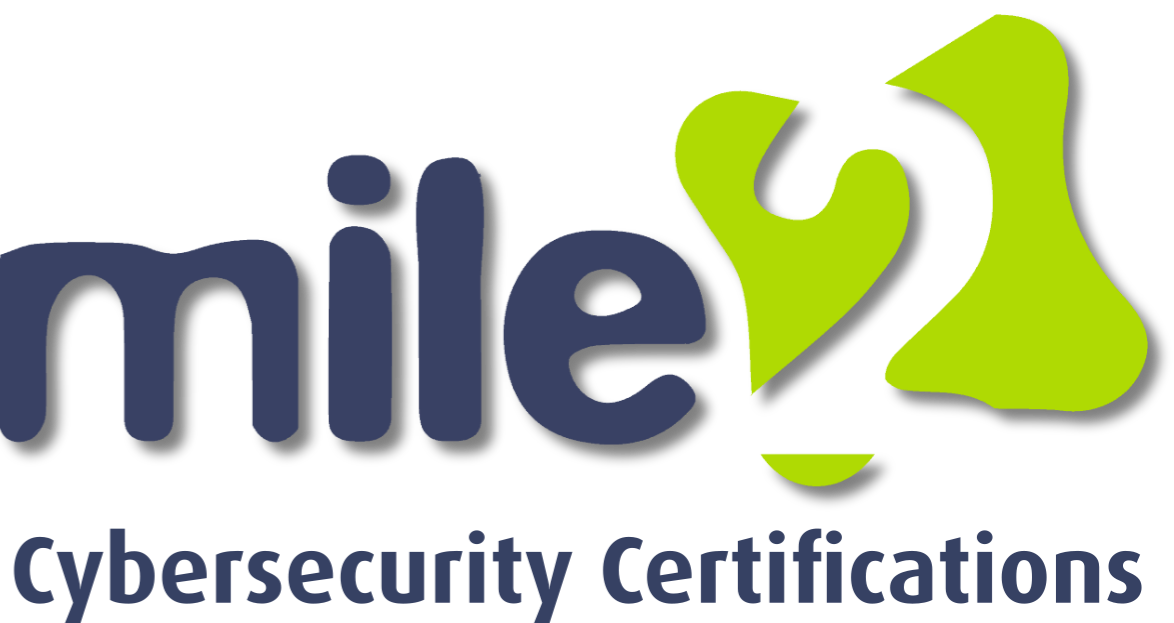Braden Binegar
Forum Replies Created
-
AuthorPosts
-
Braden Binegar
ParticipantI identify myself as a Christian I may struggle and stumble sometimes I know I need to work better so I’m not lukewarm. My first time ever giving myself to God was when I was 8 years old but since then I’ve had struggles and fell away from God now, I’m just on a journey to get back to him.
Braden Binegar
ParticipantI can agree with your statement but even if you’re an intern or a new employee in the IT field it’s not like they’re going to fire you if you’re still learning. I understand if it’s a person who has more experience yet lacks professionalism. But would a company really fire you if you’re still getting the hang of your job?
Braden Binegar
ParticipantI like how you describe each of the different versions of WPA being that there are newer instances of these technologies being created and being transferred to WPA2 or WPA3. I also like how you have some experience using WPA2 being that it’s what you use in your home. Nice job
Braden Binegar
ParticipantImplementing standard operating procedures (SOPs) and risk management protocols can significantly enhance an organization’s efficiency and safety. SOPs provide clear, step-by-step instructions for routine tasks, ensuring consistency and quality across operations. This reduces errors, improves training efficiency, and enhances productivity by offering employees a reliable reference. For example, in manufacturing, SOPs streamline production processes, leading to higher output and reduced waste. Risk management protocols involve identifying, assessing, and mitigating potential risks. By proactively addressing risks, organizations can prevent accidents, financial losses, and reputational damage.
Braden Binegar
ParticipantWi-Fi standards have evolved significantly, offering various speeds and ranges. Starting with 802.11a (5 GHz, up to 54 Mbps) and 802.11b (2.4 GHz, up to 11 Mbps), the technology progressed to 802.11g (2.4 GHz, up to 54 Mbps) and 802.11n (Wi-Fi 4, dual band, up to 600 Mbps). Wi-Fi 5 (802.11ac) operates at 5 GHz with speeds up to 3.5 Gbps, while Wi-Fi 6 (802.11ax) enhances efficiency and speed up to 9.6 Gbps across 2.4 GHz and 5 GHz bands. The upcoming Wi-Fi 7 (802.11be) promises speeds exceeding 30 Gbps across 2.4 GHz, 5 GHz, and 6 GHz bands. For security, WEP is outdated and insecure, while WPA offers medium security. WPA2, using AES, is widely adopted for its high security, and WPA3 provides very high security with advanced features against brute-force attacks. Each standard and encryption method caters to different needs, ensuring robust and secure wireless connectivity.
Braden Binegar
ParticipantI may not know what my calling is yet, but I believe that if I get closer to God and pursue him better, he will reveal what he wants me to do with my life. for now, all I can do is pursue wait and listen for what God wants from me. I just hope that there is something about me that can be used by God in some way to help the great commission or helping people get saved.
Braden Binegar
ParticipantPrinter troubleshooting involves various methodologies to effectively identify and resolve issues. It starts with checking power connections, ensuring the printer is turned on, and verifying that it has paper and ink. If problems persist, software troubleshooting is essential, which includes updating drivers, checking printer settings, and ensuring the correct printer is selected in the print dialog. Network troubleshooting is crucial for wireless printers; this may involve reconnecting to Wi-Fi, checking signal strength, or resetting the router. For persistent issues, **hardware troubleshooting** can be employed, where users inspect for paper jams, clean print heads, or check for worn-out parts. Lastly, consulting the user manual or online resources can provide specific solutions tailored to the printer model. By systematically applying these methodologies, users can effectively address a wide range of printer problems, ensuring smooth and efficient printing operations.
Braden Binegar
ParticipantTroubleshooting mobile devices involves several effective methods to diagnose and resolve issues. Basic troubleshooting starts with simple steps like restarting the device, checking for software updates, or ensuring that the device is charged. If problems persist, network troubleshooting can help, which includes resetting network settings or toggling airplane mode to resolve connectivity issues. For app-related problems, app troubleshooting is essential; this may involve clearing the app cache, reinstalling the app, or checking for permissions. Hardware troubleshooting is another critical method, where users inspect for physical damage, test buttons, or check ports for debris. Lastly, factory resets can be a last resort for persistent issues, restoring the device to its original settings. Each method plays a vital role in maintaining device performance and ensuring a smooth user experience. By systematically applying these techniques, users can effectively address a wide range of mobile device problems.
Braden Binegar
ParticipantHDMI and USB-C are two commonly used cable connectors with distinct purposes. HDMI, or High-Definition Multimedia Interface, is widely used to transmit high-definition video and audio between devices like TVs, monitors, gaming consoles, and computers, allowing for a single cable to carry both signals. On the other hand, USB-C, or Universal Serial Bus Type-C, is a versatile connector found on modern laptops, smartphones, and tablets. It supports fast data transfer, power delivery, and video output, and its reversible design makes it user-friendly. USB-C can also connect to various other interfaces, such as HDMI and DisplayPort, through adapters, making it highly adaptable for different uses.
Braden Binegar
ParticipantTo troubleshoot display devices, start by checking all cable connections and ensuring they are secure. Verify that the monitor is powered on and the power cable is properly connected. Make sure the monitor is set to the correct input source, such as HDMI or VGA. Check if the graphics card is properly seated and that its drivers are up to date. Adjust the display settings on your computer, as incorrect resolution or refresh rate settings can cause issues. Test the monitor with another device to determine if the problem lies with the monitor or the original computer. Ensure your operating system and graphics drivers are current. Many monitors have a self-test feature; refer to the manual to run this test and check for hardware issues. Lastly, inspect the monitor and cables for any visible damage.
Braden Binegar
ParticipantInput and output devices serve distinct roles in computing. Input devices, such as keyboards, mice, scanners, microphones, and cameras, are used to send data to a computer, allowing users to interact with and control it. In contrast, output devices, including monitors, printers, speakers, and projectors, receive data from the computer and present it to the user. The primary difference lies in their function and the direction of data flow: input devices facilitate data entry into the computer, while output devices display or produce the results of the computer’s processes. This distinction is crucial for understanding how we interact with technology on a daily basis.
Braden Binegar
ParticipantPhysical computer storage refers to the hardware components used to store digital data permanently or temporarily. The primary storage methods include Hard Disk Drives (HDDs), which use spinning disks to read/write data and are known for their large capacity and affordability. On the other hand, use flash memory to store data, offering faster access speeds and greater durability due to the lack of moving parts. Optical storage methods, such as CDs, DVDs, and Blu-ray discs, are used for media distribution and backup. And external hard drives provide portable storage solutions, making it easy to transfer data between devices. Each of these methods offers unique benefits, allowing users to choose the best option based on their needs for speed, capacity, portability, and cost.
Braden Binegar
ParticipantComputers offer various expansion options that significantly enhance their functionality and performance. **Expansion slots**, such as PCIe (Peripheral Component Interconnect Express), allow users to add graphics cards, sound cards, or network cards, boosting the system’s capabilities for gaming, audio production, or networking. **RAM (Random Access Memory) slots** enable users to increase memory, improving multitasking and overall speed. **Storage expansion** options, including additional hard drives or SSDs (Solid State Drives), provide more space for data and faster access times. **USB ports** and **Thunderbolt connections** allow for the addition of external devices like printers, external drives, and other peripherals, enhancing the computer’s versatility. These expansion options empower users to customize their systems to meet specific needs, ensuring their computers remain relevant and efficient over time.
Braden Binegar
ParticipantRead-Only Memory (ROM) and Random Access Memory (RAM) serve different purposes in a computer system. ROM is non-volatile memory used to store firmware or software that rarely changes, such as the BIOS, and retains its data even when the power is off. It is generally slower and not designed for frequent read/write operations. In contrast, RAM is volatile memory used as the main memory for storing data that the CPU needs to access quickly. It loses all data when the power is off but allows for fast and frequent read/write operations, making it essential for running applications and processing tasks efficiently.
Braden Binegar
ParticipantI truly believe that even if the Devil is chasing you that God would still protect you and be on your side even if you can’t feel it or notice him no matter what he is with you even in suffering.
-
AuthorPosts

